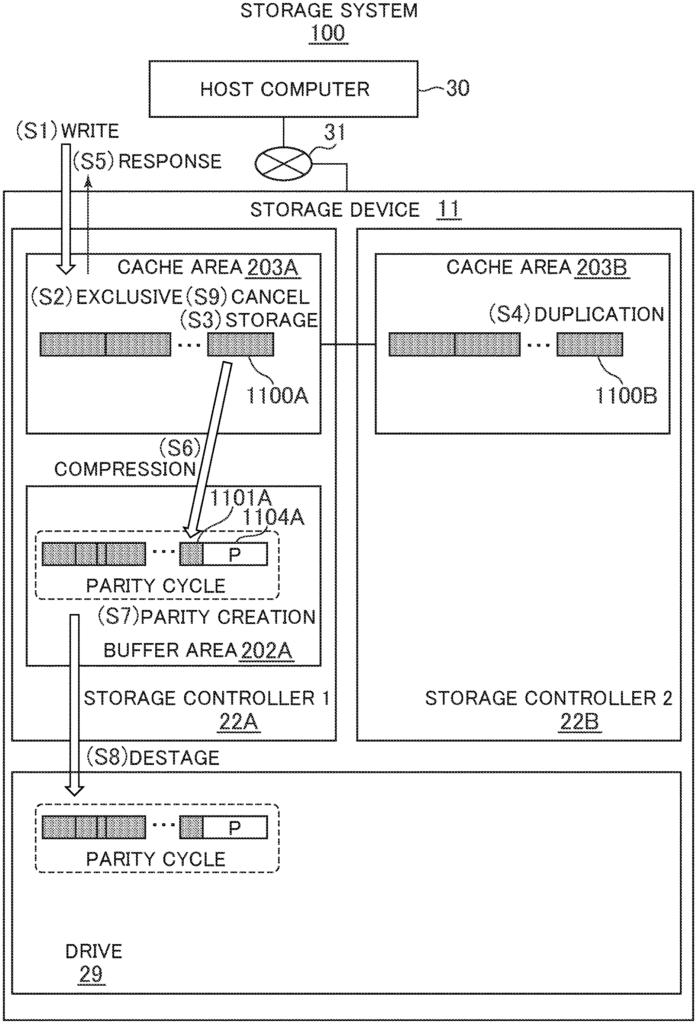Smart Storage Control for Peak Efficiency
Introduction
This storage system, equipped with an innovative control method, is crafted for businesses that require adaptive and reliable data storage management. Designed to address the challenges of data-intensive environments, this technology provides a smart solution for efficiently allocating resources, enhancing both data accessibility and operational reliability. It’s an ideal fit for organizations seeking a solution that can scale with demand while maintaining streamlined data control.
The Challenge: Inefficiencies in Traditional Storage Allocation
In today’s data landscape, managing storage allocation effectively is critical. Traditional storage systems often struggle to handle fluctuating data demands, leading to either underutilized or overloaded storage resources. This imbalance can drive up operational costs and lead to system inefficiencies that limit an organization’s ability to respond to changing data needs. Without an intelligent allocation method, data managers are often forced into manual adjustments, diverting time and resources from strategic goals and increasing the risk of data bottlenecks.
Adaptive and Intelligent Storage Management
This storage system’s advanced control method introduces a smart allocation strategy that continuously monitors data usage and dynamically adjusts resources to meet real-time requirements. By automating the allocation process, the system minimizes the manual intervention needed to maintain optimal data flow, reducing downtime and enhancing overall productivity. This adaptive approach not only improves data accessibility but also maximizes storage efficiency by ensuring that every resource is utilized to its full potential.
Broad Benefits Across Key Industries
For data centers and cloud service providers, this technology offers a streamlined solution to managing data in large, complex environments. IT managers benefit from a reduction in manual storage oversight, enabling them to focus on high-priority projects. Enterprises in sectors like finance, healthcare, and telecommunications will find the system invaluable for ensuring data accessibility and meeting stringent data reliability standards. Additionally, this technology’s compatibility with existing infrastructures makes it an adaptable choice for organizations aiming to optimize their data operations without a complete system overhaul.
Invest in Scalable, Smart Data Management
Licensing this smart storage control system equips your organization with a high-performance data management tool that evolves with your business needs. By implementing a system that dynamically allocates storage based on demand, you achieve greater efficiency, reduce operational costs, and enhance data reliability. This technology represents a forward-thinking approach to data storage, meeting the growing needs of data-driven industries with a flexible, intelligent solution.

- Abstract
- Claims
What is claimed is:
Share
Title
Storage system and control method thereof
Inventor(s)
Kazuki MATSUGAMI, Yoshihiro Yoshii, Nobumitsu Takaoka, Tomohiro Kawaguchi
Assignee(s)
Hitachi Ltd
Patent #
11294578
Patent Date
April 5, 2022
